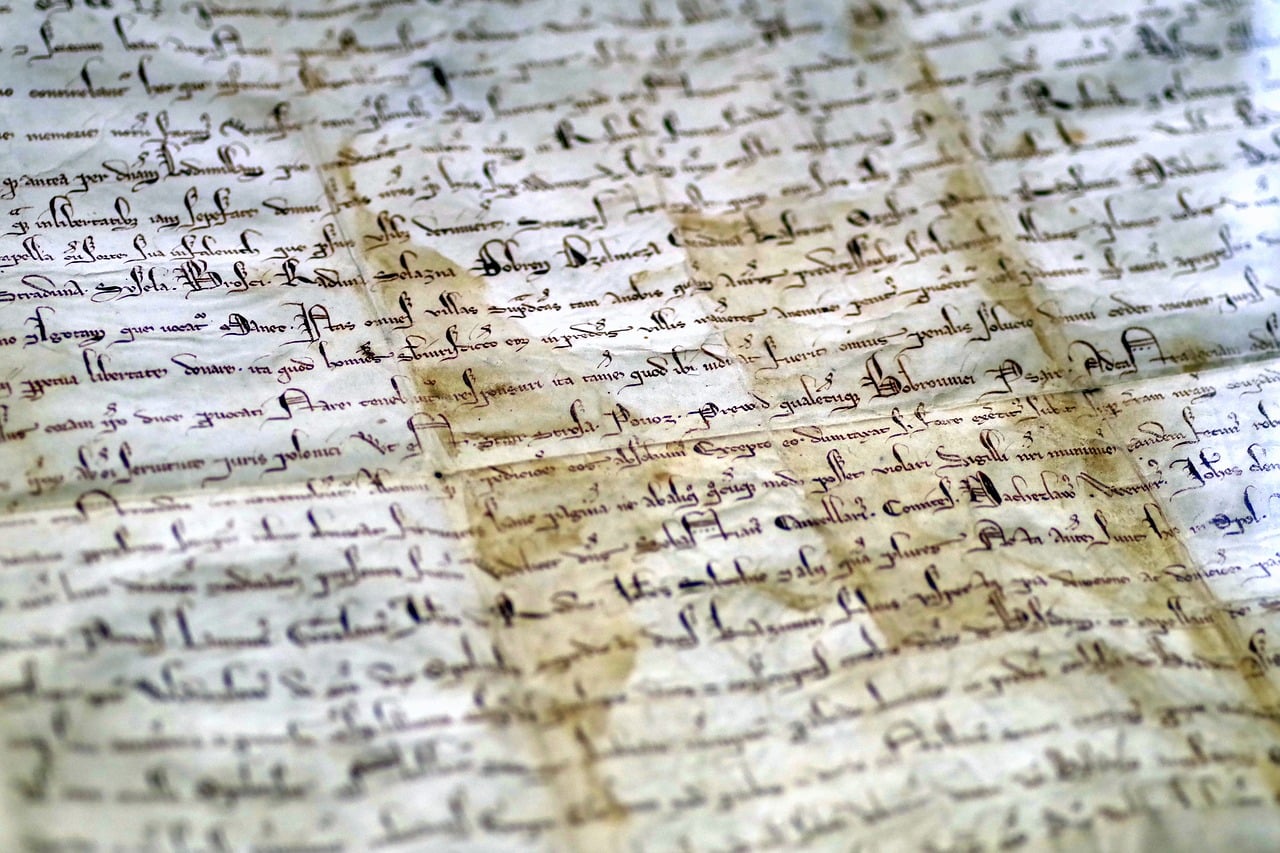The Voynich manuscript is considered one of the most mysterious books in the world. It consists of 240 pages full of illustrations which show naked women and men, different plants, of which many haven’t yet been discovered, astronomical diagrams, with only a few of them matching the views of the sky from our planet. There is also text in the script which still hasn’t yet been completely identified. Now, AI suggests that the mysterious manuscript is written in Hebrew.
It is believed that the mysterious manuscript was written in the early 15th century. Scientists derived that based on the carbon-dating of the vellum. Vellum is a type of animal skin specially crafted to serve as a material you can write on. The book was named after a Polish book dealer, Wilfrid Voynich who bought it in 1912. Ever since it was rediscovered over one century ago, cryptographers and researchers have attempted to decipher what’s inside of it, although it remained a challenge until today.
Two researchers from the University of Alberta, Canada, decided to decipher its contents and they referred to artificial intelligence. Greg Kondrak, a professor of computing science at the university, and Bradley Hauer, a graduate student, attempted to run a set of algorithms which concluded that the script could be a cipher with a base language of Hebrew.
In order to sequence the language, the two of them included samples of 380 different languages which are in use today, according to the Universal Declaration of Human Rights.
“That was surprising. And just saying ‘this is Hebrew’ is the first step. The next step is how do we decipher it.” Kondrak, said in a statement, after initially thinking that the language base was Arabic.
Researchers assumed that the language of the mysterious manuscript was coded with alphagrams where one phrase stands to define another. They attempted to crack the code in the text and discovered that over 80% of the words could be found in a Hebrew dictionary. However, the researchers didn’t find Hebrew scholars which would confirm the matching, so they attempted to use Google Translate.
They think that based on the translation they found the opening line of the book: “She made recommendations to the priest, man of the house and me and people.”
“It came up with a sentence that is grammatical, and you can interpret it.… It’s a kind of strange sentence to start a manuscript but it definitely makes sense,” Kondrak said in a statement.

Not Convincing
Elonika Dunin, a cryptographer and video game developer said as quoted by Mental Floss, “I have very little faith in it. Hebrew, and dozens of other languages have been identified before. Everyone sees what they want to see. They scrambled the texts using their own system, then they used their own software to de-scramble those. Then they used it on the manuscript and said, “Oh look, it’s Hebrew!” So, it’s a big, big leap.”
The researchers from the University of Alberta published their findings in the journal Transactions of the Association for Computational Linguistics, in a paper dubbed “Decoding Anagrammed Texts Written in an unknown Language and Script.”
Based on the fashion that the drawings were made in the book, it is believed that the mysterious manuscript is a treatise on women’s health. However, others believe that the book could be a hoax or the work of a crazy person. The truth is yet to be discovered, once the manuscript gets decoded.





